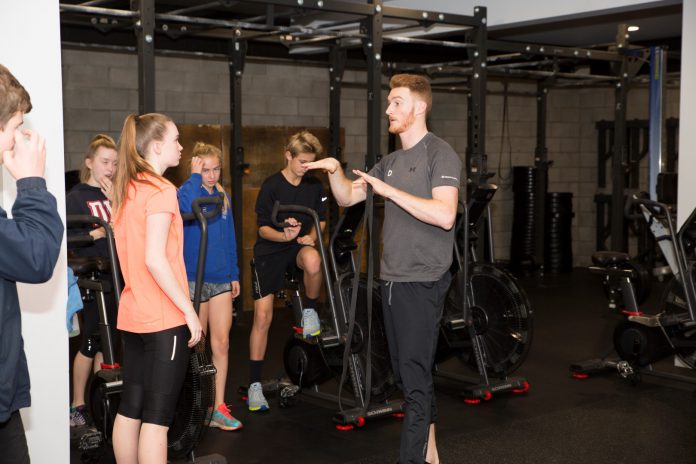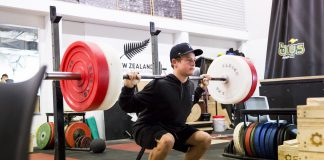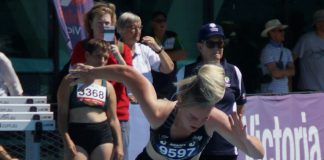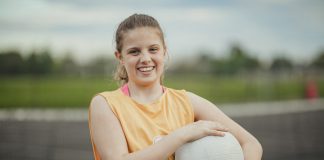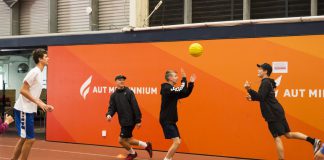When learning a new sport-specific skill, an athlete’s success relies heavily on their existing level of ‘movement literacy’. In other words, how quickly and proficiently they pick it up will depend on how good their fundamental movement skills are.
Over the past several years, riding bikes and climbing tress in the back yard after school have taken a back seat to more sedentary recreation time activities and behaviours. The xbox and Ipad have never been more popular, and more and more parents drive their kids everywhere they need to go. The consequences are clear. And not great for our sporting populations.
In general, we are seeing weakened capabilities in our young athletes as the years have go by. Participation in fewer exploratory ‘free play’ activities that offer engaging, fun reasons to move are to blame. On a wider scale, specific interventions at early ages are needed to turn this around, but for now I’ll leave that discussion for another time. Here I’ll focus on what this means for your coaching.
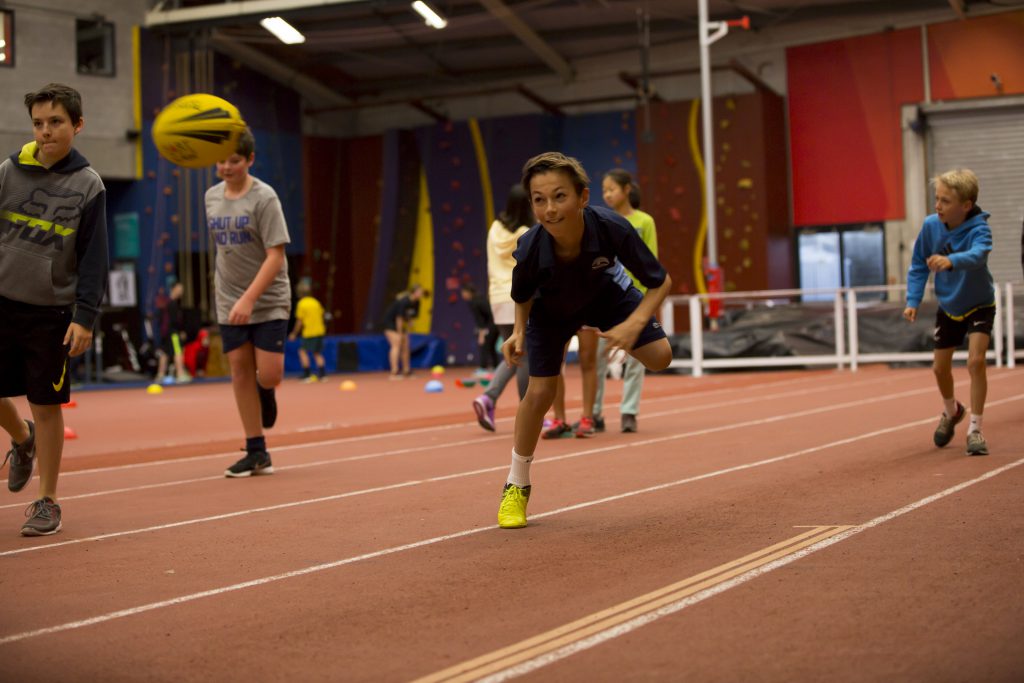 Let’s start by exploring fundamental movement skills a little more. What are they exactly?
Let’s start by exploring fundamental movement skills a little more. What are they exactly?
There are 2 main categories.
The first set of skills is locomotive skills. These skills allow us to move in a number of different ways, including running, hopping, skipping, galloping, rolling, crawling, climbing, sliding, walking, dodging, jumping, and leaping. Yes, running is a skill. There is a best way of doing it.
The second is body awareness and stabilisation skills. These skills allow us to function efficiently in our daily performance. They include standing, bending, lifting, pulling, swinging, twisting, holding, reaching, lowering, stopping, turning, and falling.
Both sets of skills, when performed biomechanically correct, distribute body load appropriately across the joints and muscles involved, significantly reducing the risk of overuse injury, and allowing learning and performance of sport-specific skills to be optimised. As a coach, regardless of sport, it’s important to understand that good movement skills must come first in the change of development, followed by sport-specific skills. To illustrate my point, let’s take a closer look at the skill of running.
It is critical that all young athletes develop proficiency at running. Not only is it a key movement in most team sports, but it’s closely aligned to sprinting. Given speed is the one attribute that so many athletes wish to possess, this makes good sense. It will also significantly enhance your athlete’s agility.
Here are the top 5 attributes that an athlete must have to run proficiency.
Coordination – allows the sequencing and timing of muscle contractions for efficient movement.
Core strength – holds the pelvis stable each time a foot hits the ground, which generates forceful push-offs in the running stride while avoiding counterproductive and inefficiently movement.
Glute (butt) strength – controls the alignment of the leg during the push-off, limiting unwanted load and stress through the hip, knee and ankle joints.
Flexibility – allows muscles to move through their full range of motion, improving body alignment and control during the push off and landing phases in the running stride.
Relaxed, even arm swing –counteracts the legs to aid stability and limiting unnecessary and injurious rotational force through the lower back.
As a coach, what matters most is helping your athletes to improve quickly at the skills involved in their sport. No debate there. In football for example, learning to pass well is essential. But in the context of the game, passing will always involve running both before and after contact with the ball, regardless of whether it’s two steps or 20. Therefore, effective passing requires the movement skill of running.
The important thing here is not to consider each fundamental movement skill in isolation. But rather that many of them will combine during any given sport-specific skill. Without good movement literacy, athletes will take longer to pick up new sport skills correctly. But what’s even worst, in the rush to acquire the new skill quickly they will do so in whatever way possible, compromising proficient movement patterns and significantly increasing their risk of injury.
Fundamental movement patterns form the basis of all sport-specific skills. Unfortunately, the nature of many of our young athletes’ childhoods no longer provides an inherent learning of these skills. Hence it’s our job as youth coaches to make sure movement is a priority, so that all of our athlete have the right building blocks to handle the more complex, sport-specific skills we are asking them to execute.

























